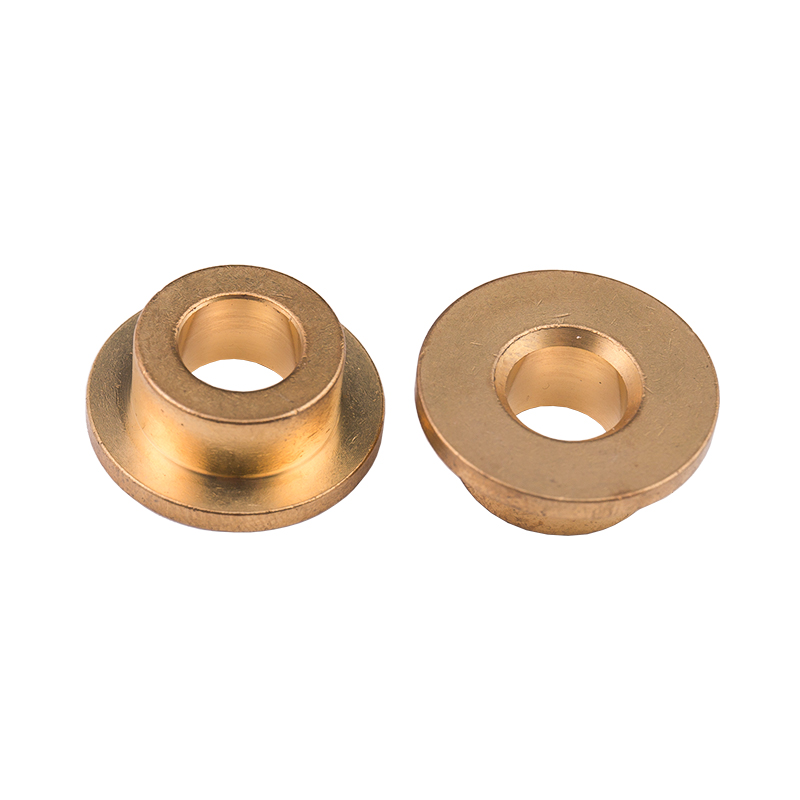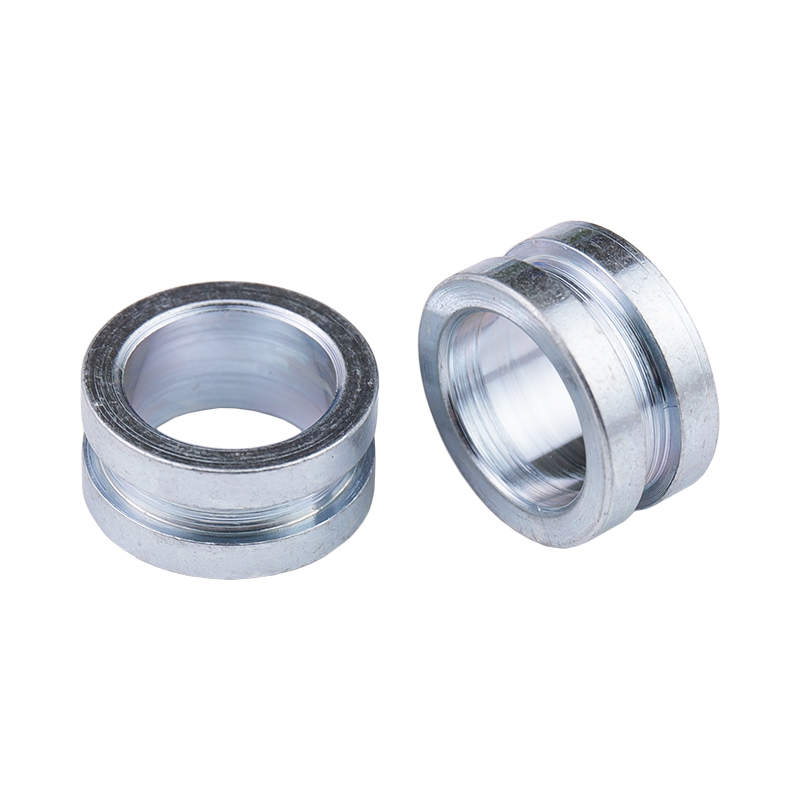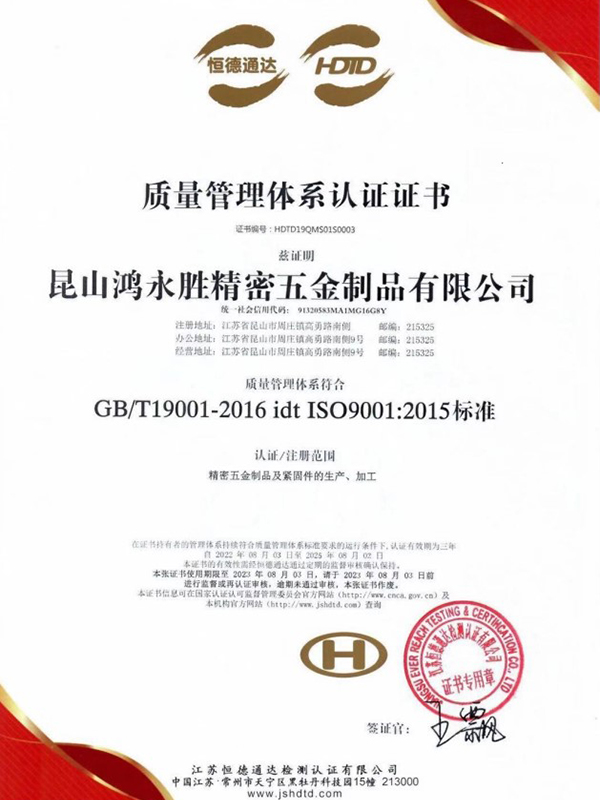Carbon Steel Bolt Supplier Guide: What Buyers Should Look For Selecting the right supplier for carbon steel bolts affects product performance, safety, and long-term cost. This guide breaks down the p...
READ MOREThe company has obtained two quality system management certificates of ISO9001:2015 and IATF16949:2016.
At present, the company has been for Japan, Sweden, the United States, Singapore, Malaysia, Hong Kong and the Pearl River Delta and many other customers to provide services, now the main customers are: Japan Sharp (SHARP), Japan SMC, Japan Panasonic (Panasonic), the Swedish automobile VOVOL, etc., all the fixed assets investment of more than 30 million dollars, welcome friends from all walks of life to the factory to visit, study, consulting and come! We welcome friends from all walks of life to visit our factory, investigate, consult and come to us for sample processing.
We are looking forward to establishing a good business partnership with you with mutual trust and reciprocity!
-
-
Introduction: The Foundation of Mechanical Systems In the intricate world of modern manufacturing and engineering, machined parts form the fundamental building blocks of virtually every mechanical sys...
READ MORE -
Why Structural Integrity Matters In construction, machinery, and other industrial applications, structural integrity is crucial for safety, performance, and longevity. One of the key elements in ensur...
READ MORE -
Introduction to Stainless Steel Fasteners Stainless steel fasteners are widely used in construction, machinery, and industrial applications due to their corrosion resistance and durability. Among them...
READ MORE
How do automotive insert bushings contribute to noise reduction and vibration dampening within a vehicle?
Automotive insert bushings play a crucial role in noise reduction and vibration dampening within a vehicle. Here are the key ways they contribute to these functions:
Isolation of Vibrations:Insert bushings act as a buffer between the metal parts of the vehicle, such as the chassis and suspension components. By doing so, they isolate vibrations generated by the engine, road surface, and other mechanical parts. This isolation prevents the vibrations from being transmitted through the vehicle's structure and into the cabin, thereby reducing noise and improving ride comfort.
Damping of Oscillations:Bushings are typically made from materials like rubber, polyurethane, or other elastomers that have inherent damping properties. These materials can absorb and dissipate energy from oscillations and shocks, converting kinetic energy into heat. This damping effect reduces the amplitude of vibrations and the noise they generate.
Reduction of Metal-to-Metal Contact:Direct contact between metal parts can result in the transmission of noise and harshness throughout the vehicle. Insert bushings create a flexible barrier that prevents metal-to-metal contact, thus significantly reducing the transmission of noise and vibration. This is particularly important in areas like suspension systems, engine mounts, and transmission mounts.
Control of Movement:Bushings help in controlling the movement of suspension and steering components. By providing a controlled amount of flexibility, they allow these components to move and articulate without excessive play. This control reduces unwanted vibrations and noise, contributing to a smoother and quieter ride.
Frequency Tuning:Different bushings can be designed to target specific frequencies of vibration. By tuning the stiffness and damping properties of the bushing material, manufacturers can optimize the bushings to attenuate specific ranges of vibration frequencies that are most likely to cause noise and discomfort within the vehicle cabin.
Longevity and Maintenance:High-quality bushings reduce wear and tear on other components by cushioning impacts and vibrations. This prolongs the life of various vehicle parts and maintains optimal performance, indirectly contributing to sustained noise and vibration control over time.
Examples in Practice
Engine Mounts: Bushings in engine mounts absorb and isolate engine vibrations, preventing them from being transmitted to the vehicle frame and interior.
Suspension Bushings: In the suspension system, bushings dampen the impact and vibrations from the road, improving ride quality and reducing noise.
Transmission Mounts: Bushings in transmission mounts help in reducing vibrations from the transmission, leading to a quieter and smoother drive.
By effectively addressing the sources of noise and vibration and by optimizing the transmission paths, automotive insert bushings significantly enhance the comfort and acoustic quality of a vehicle.



 русский
русский Español
Español





